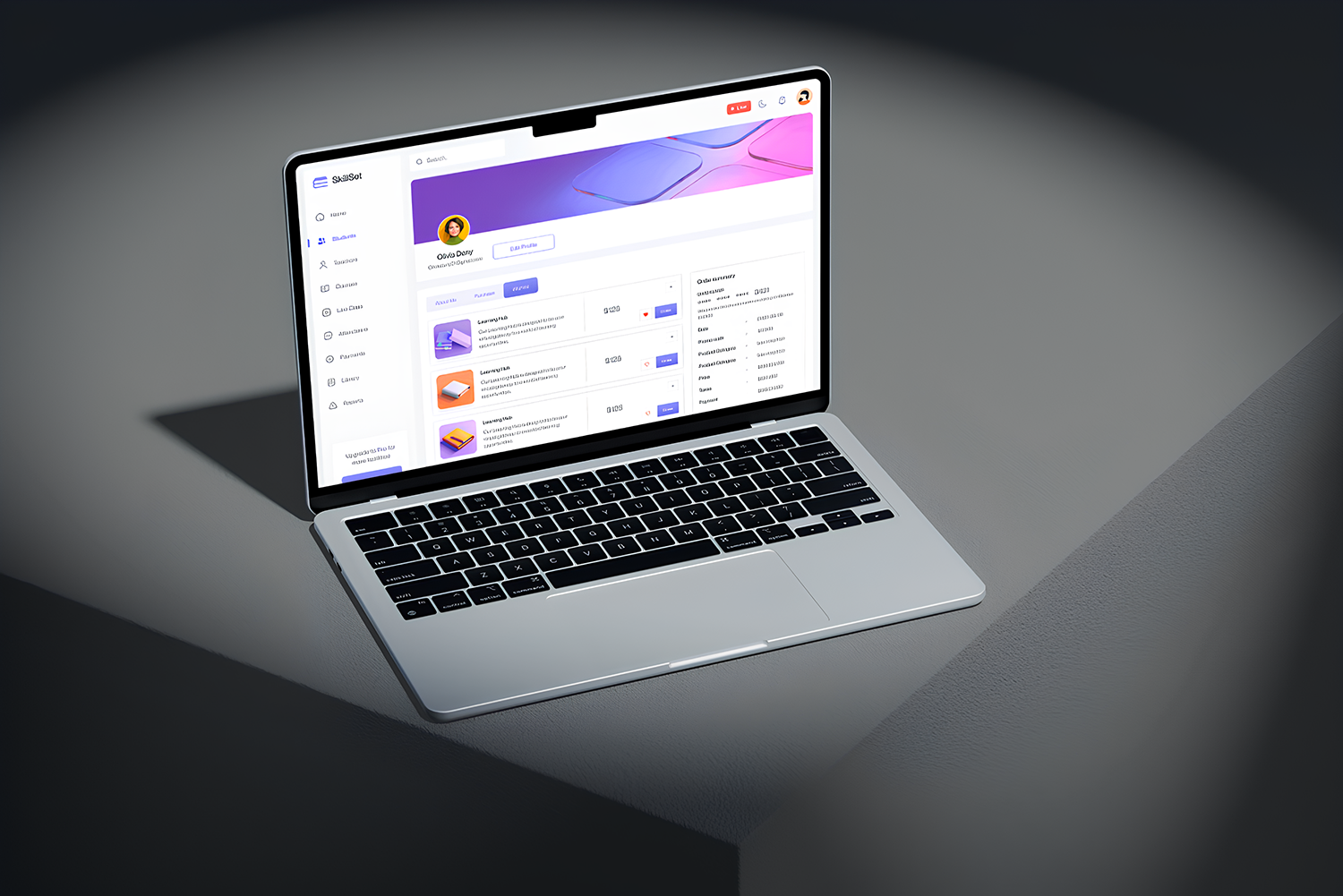① Choose the Right Color Scheme
Colors convey emotions and brand identity. Beginners can use tools like Coolors or Adobe Color, which are designed to help designers and creators select and generate color schemes. Ensure that the primary colors align with your brand, while accent colors are used to highlight important information.
② Clear Navigation Structure
When selecting navigation items, consider user needs and the website’s goals to ensure that navigation is clear, concise, and user-friendly. Limit the main items to no more than seven to avoid confusion, placing the most important content at the forefront to make it easy for users to find.
③ Focus on Typography Design
Web typography should include easily readable fonts (consider using free, open-source fonts) paired with appropriate font sizes, creating a clear hierarchy (such as headings and subheadings) to help users quickly grasp content. Utilize line spacing and letter spacing effectively to ensure text clarity, and enhance readability through sufficient contrast and harmonious color combinations. Moderately using white space can prevent a cluttered appearance and improve visual appeal. Finally, consider how typography will respond across various devices.
④ Use High-Quality Images and Videos
Visual content significantly boosts user engagement. Use high-definition images and videos to showcase products or services and enhance the visual experience. Free high-quality images can be found on platforms like Unsplash and Pexels.
Learning web design from scratch isn’t difficult; you just need to grasp the basic concepts, design principles, and tools, and practice continuously. Over time, you’ll be able to create beautiful and functional websites that showcase your creativity and professionalism. Start your web design journey today!
#BOMCreation #ShenzhenWebDevelopment #WebDesign #CorporateWebsite #BeginnerGuide #WebsiteDevelopmentCompany #WebsiteCreation #ForeignTradeWebsiteDevelopment #IndependentSite #WebDesign #WebsiteDevelopment #CustomWebsites

